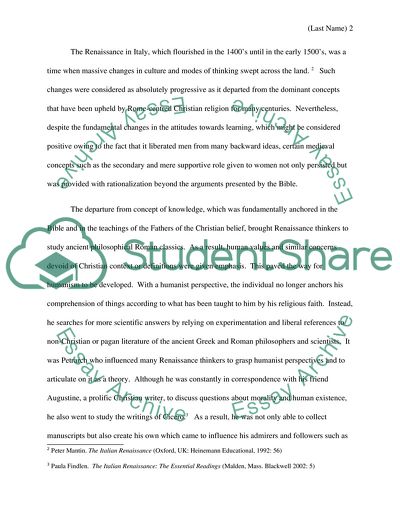Cite this document
(Attitudes of Learning and Place of Women during the Renaissance Coursework, n.d.)
Attitudes of Learning and Place of Women during the Renaissance Coursework. Retrieved from https://studentshare.org/culture/1738654-renaissance-italy
Attitudes of Learning and Place of Women during the Renaissance Coursework. Retrieved from https://studentshare.org/culture/1738654-renaissance-italy
(Attitudes of Learning and Place of Women During the Renaissance Coursework)
Attitudes of Learning and Place of Women During the Renaissance Coursework. https://studentshare.org/culture/1738654-renaissance-italy.
Attitudes of Learning and Place of Women During the Renaissance Coursework. https://studentshare.org/culture/1738654-renaissance-italy.
“Attitudes of Learning and Place of Women During the Renaissance Coursework”, n.d. https://studentshare.org/culture/1738654-renaissance-italy.


